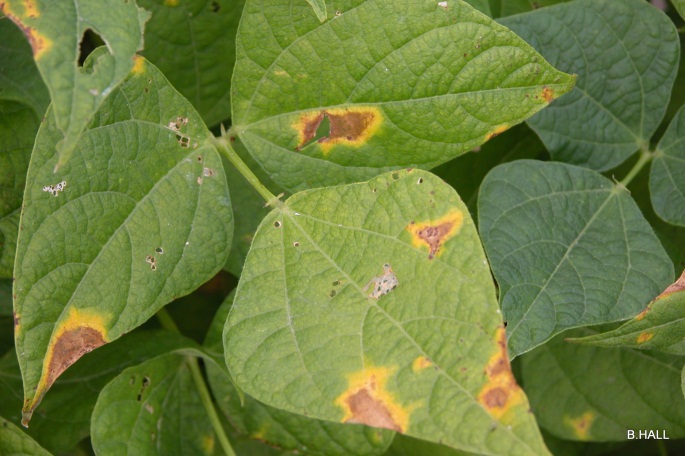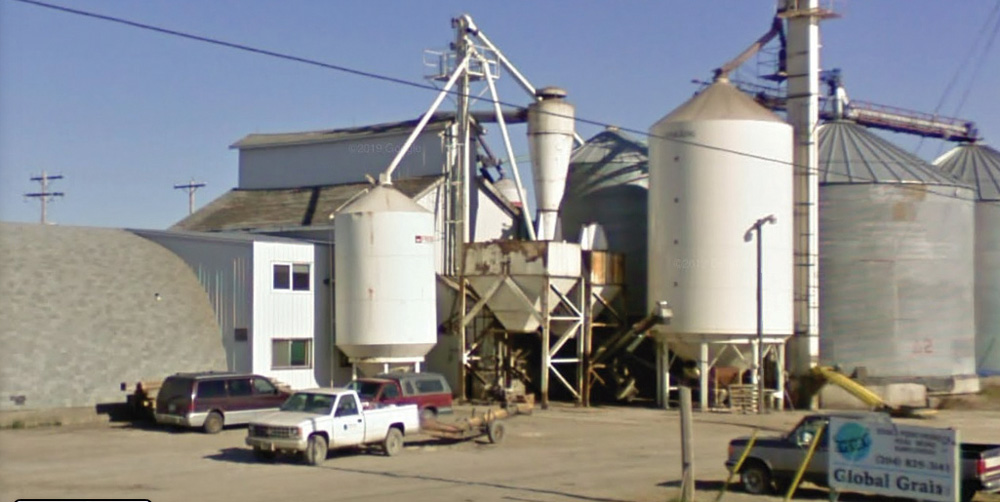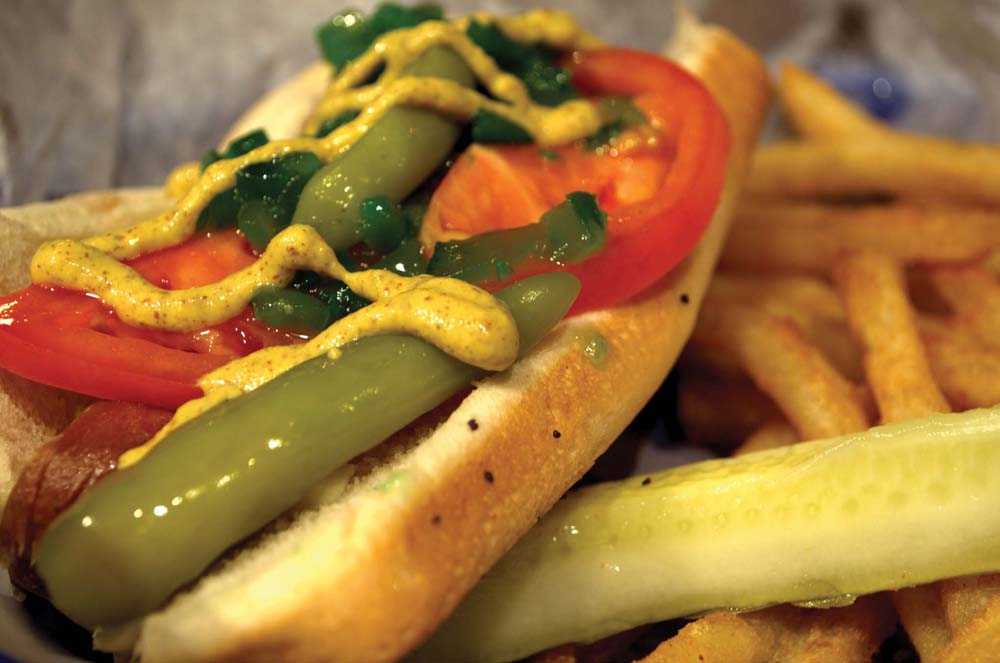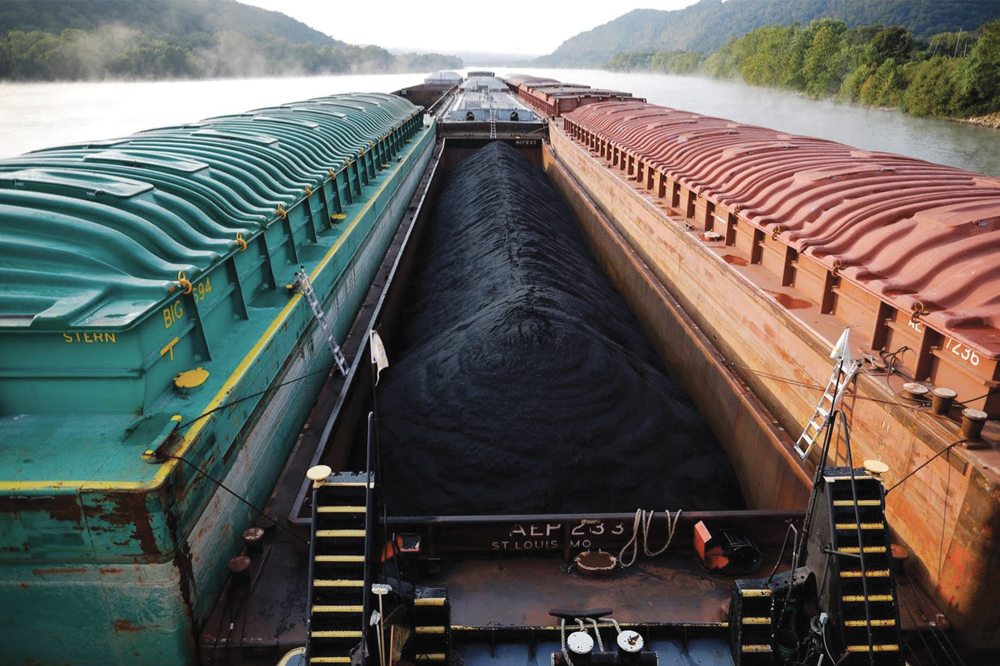“It’s time to make some money in the bean industry.”
– TODD STEWART, MPGA
Expect an increase in Manitoba’s edible bean acreage this year.
Stable prices and steady demand should result in a “fairly decent bump in acres” for dry beans in 2010, says Jonathon Driedger, a marketing analyst with FarmLink Marketing Solutions.
Speaking at the Manitoba Special Crops Symposium in Winnipeg last week, Driedger said North America has seen “slow, steady erosion” in edible bean acres over the last four years. Low year-end stocks and the promise of good returns now point to a significant increase in production, he said.
Read Also

Time to be honest about hemp, experts say
Years of hype have given way to a more realistic view of hemp. Farmers and processors say the crop’s future depends on solid agronomy, honesty.
Dry bean plantings in North America could increase 35 per cent to 400,000 acres this year, Driedger predicted.
Navy beans could be a big winner from increased production. Driedger said last year’s (old-crop) navy beans are currently selling at 31 cents a pound. He expected those prices to strengthen to 34-35 cents a pound as supplies tighten.
New-crop navies are contracting for 32-33 cents a pound and could go to 34 cents – all “pretty decent” prices, said Driedger.
Pinto beans, which make up half the dry bean production in the United States, are also steady. Old-crop pintos are at 28 cents a pound and could rise to 31 cents. New-crop pintos, also at 28 cents a pound, are expected to go to 30 cents.
Current prices for black and kidney beans range between 32 and 36 cents a pound.
BETTER TIMES AHEAD
Manitoba bean producers are looking for better times in 2010 after experiencing weather setbacks and indifferent returns for the past five years, said Todd Stewart, outgoing president of the Manitoba Pulse Growers Association.
“It’s time to make some money in the bean industry,” said Stewart. “We haven’t made enough money for the effort we’ve been putting in.”
Manitoba’s total dry bean acreage peaked at 311,000 acres in 2002 and has fallen ever since, according to crop insurance figures. All-bean plantings stood at 138,509 acres in 2008 and 131,645 acres in 2009.
Manitoba farmers seeded 36,528 acres of navy beans in 2009, down sharply from 57,438 acres in 2008. Pinto beans, on the other hand, rose from 42,976 acres in 2008 to 61,530 acres in 2009.
Extreme weather in recent years has been tough on the Manitoba edible bean industry. Stewart said the last five years saw some of the coldest, wettest, driest and hottest summers on record, one after another.
Last year at this time, few edible bean growers attending the special crops symposium had production contracts. Reduced purchases from major canners such as Heinz caused North America’s navy bean acreage to plunge 30 per cent that year.
But the outlook for dry beans appears better this year, particularly for white navy beans. Canners are back in the market and prices, if not at record levels, are at least relatively firm, analysts say.
Driedger said 2011 contracts are available for navy beans at 33 cents a pound and there’s word some 2012 contracts may be available, too.
Stewart said he was heartened by the fact that Heinz and other canners are buying again.
“It’s a positive sign that they need us.”
Some seed company representatives at the special crops symposium suggested navy bean acreage in Manitoba could climb above 50,000 acres this year.
But Stewart was careful when asked if growers will increase plantings, expressing only cautious optimism.
Navy bean consumption will need to expand beyond traditional markets such as the U. S. and the U. K. for acreage to increase significantly long term, he said. [email protected]














